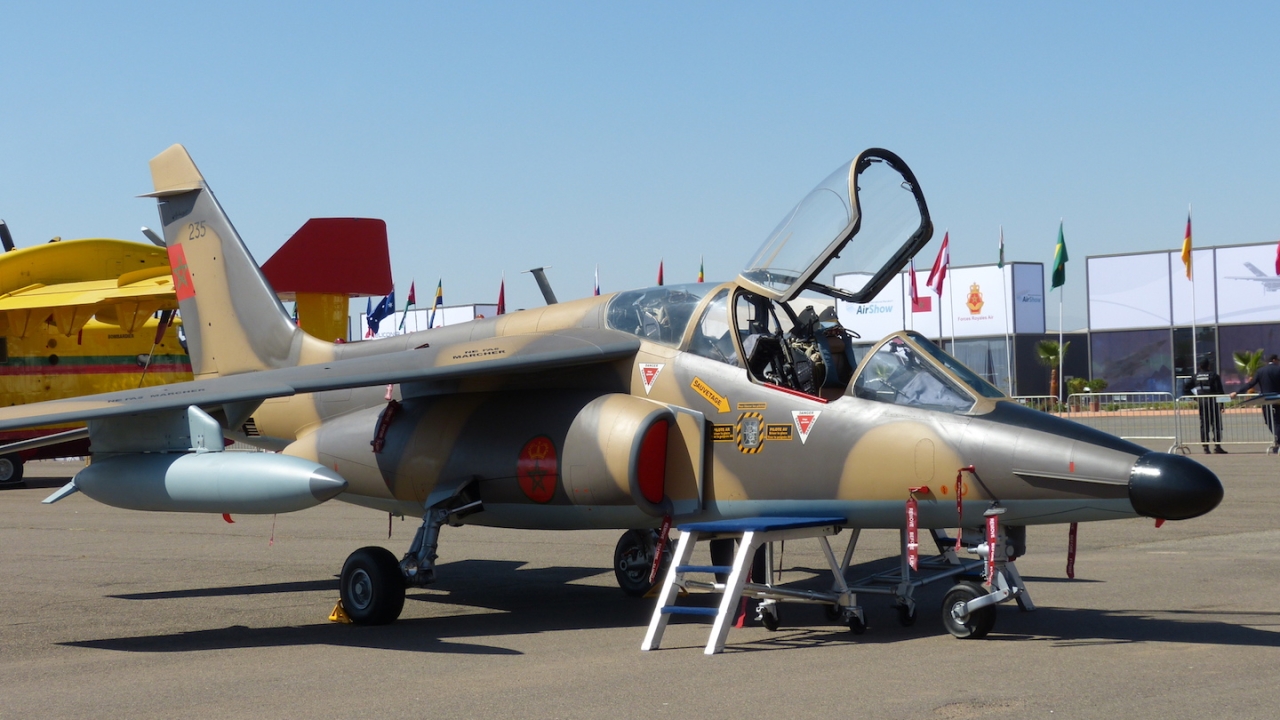Africa ready to capitalise on the A220 comfort zone
The Airbus A220 – previously known as the Bombardier CSeries – is now making an impact and has African airlines in its sights.

Francisco Lopez: "The A220 offers widebody comfort in a single-aisle aircraft." Picture: Airbus
Airbus Canada Limited Partnership is owned by Airbus, and its partner Investissement Québec (acting for the government of Québec). It employs approximately 3,000 staff at its headquarters and manufacturing facilities in Mirabel with a second manufacturing facility serving US customers in Mobile, Alabama.
With a total of three production lines Airbus is currently producing six A220s every month. By the middle of the decade it anticipates boosting monthly production to 14.
With two variants -100 and -300 the A220 aircraft is designed to serve the 100-150-seat market segment.
Francisco Lopez, head of A220 customer engineering, says the A220 is the most fuel-efficient single-aisle jetliner. “It uses 25% less fuel than previous generations and has 254% lower carbon emissions,” he said. “Sustainability is at the heart of the A220 aircraft design.”
The A220 programme was created in 2018 after Airbus acquired the CSeries programme from Bombardier. Airbus is now celebrating the fifth anniversary of the A220 programme as the aircraft is celebrating the 10th anniversary of its first flight (C Series) this Autumn.
Air Senegal, Air Tanzania, Egypt Air and Nigerian Ibom Air are operating the A220 aircraft in Africa. “Because of the efficiency and performance, the aircraft attracted interest from around the world. Our customers are diversified – lessors, startups, low-cost and legacy airlines,” Lopez said.
The A220 programme has more than 100 suppliers around the world. From Africa, Morocco supplies part of the fuselage, while China supplies the main fuselage. Belfast supplies the composite wings, while the landing gears are imported from Germany. Leonardo of Italy supplies the aircraft’s vertical and horizontal stabilisers, while the cockpit is manufactured in Mirabel.
According to Lopez, the A220 has the most efficient aerodynamics due to its optimised cross section and optimised aerodynamics of the nose, wing and tail.
It is powered by the Pratt & Whitney PW1500 geared turbofan (GTF) engine, which was originally designed for the A220 and adopted for the A320 NEO family.
According to Lopez, extensive use of composite materials and advanced metal alloys allows for a lightweight design.
The fly-by-wire system is developed by Parker Aerospace, while the avionics are supplied by Collins Aerospace. Panasonic delivers the cabin management system.
“With a five-abreast cross section, the A220 offers widebody comfort in a single-aisle aircraft,” Lopez remarked. “In terms of comfort, A220 has large windows that are 28 by 40.6cm (11 by 16 inches) wide – equivalent to the windows of the Boeing B777 aircraft.
The A220 variants -100 and -300 have more than 99% parts commonality. “In terms of flight crew training, pilots can switch from one aircraft to another and fly the same day. The main difference in size is the -300 has a 3.7-metre longer fuselage. The commonality gives airlines great flexibility in their operations,” Lopez said.
With a range of 3,450nm in the 100-150 seat market segment, the A220 is relevant to the African market. Lopez said an African airline operating from Addis Ababa could cover most of the destinations in Africa and the Middle East. “From Johannesburg, you can cover most of the destinations in Africa. African and other airlines can tap into this huge potential,” Lopez said.
Several African carriers including Ethiopian Airlines are evaluating the A220.
Pratt & Whitney said current time on wing for GTF engines varies significantly depending on mission and operating environment, with operators in hotter, sandier environments experiencing reduced intervals between maintenance visits.
Stay up to date
Subscribe to the free Times Aerospace newsletter and receive the latest content every week. We'll never share your email address.


